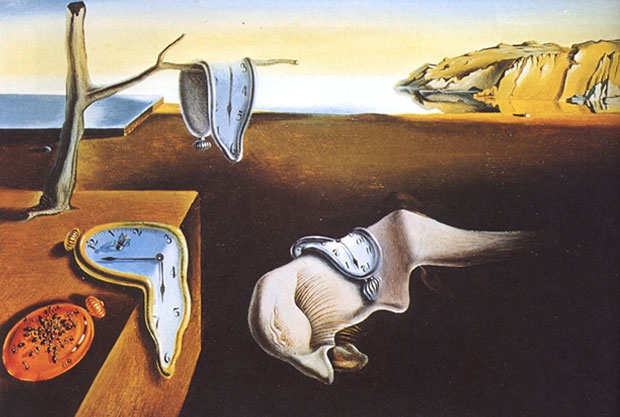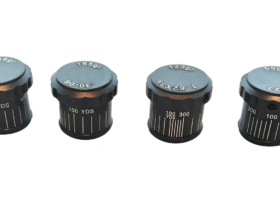Aborigine art is based on critical old legends that have survived through the ages. Aboriginal art, including contemporary Aboriginal art, is based on stories and symbols focused on the dreamtime, which Indigenous people believe is the era during which the world was first formed. The conveyed narratives serve a variety of roles when it comes to Australian art for sale, which is represented in paintings or other types of craftwork by different artists. Because they do not have a written language, Aboriginal cultures have relied on visual communication to educate and pass on the knowledge and wisdom of their ancestors during ritual ceremonies, as well as to express their connection to the past and land, where the spiritual and sacred can be found. In Aboriginal culture, paintings, which are essentially visual stories, are utilised for various reasons, and the interpretation of iconography and symbolism in the artworks might shift depending on the audience to whom they are presented.
Moreover, it might differ depending on who is telling the narrative. Something to keep in mind is that the spectator is able to comprehend the whole narrative. Most of the legends, which are holy and passed down through the generations, are a vital part of the history of Aboriginal culture, and the majority of the parts are always kept concealed from the general public’s view. The paintings are only the skeleton or sketch of a tale that must be kept concealed to prevent the secrets of an ancient civilization from being revealed to the public.
The Art of the Australian Continent
Around the 1950s, the beaches of this faraway continent were flooded with the explosion of Modern art and abstraction. At the time, it seemed that there were two distinct streams of art in Australia, both of which were based on two of the country’s most significant cities, Sydney and Melbourne. It was almost as though the two cities were engaged in a battle of wills. It appeared that the Sydney Abstractionists were on the rise, and they were promoting the art of pure form, interested in emotions and a sense of the spirit. It appeared that the artists were searching for ways to express Australian mythology using the language of expressionism, focusing on the narrative and aided by the use of figuration in Melbourne.
In contrast, the artists in Sydney seemed to be searching for ways to express the art of pure form. Inspired by the Abstract art movement of faraway Europe and America, these two different schools of expression showed a different aspect of Australian art than the other. They resembled and were influenced by the major art cities of the world and their trends, as can be seen, today in the fact that the majority of contemporary Australian artists deal with themes that comment on global issues of the world, with some, of course, concentrating on issues that are specific to Australia.
Aboriginal and Australian Art in the Contemporary Era
The primordial civilisations served as inspiration for modern art throughout history. Prominent painters from Europe and America had to go far from their home towns to discover the riches of faraway realms of shamans, figurines, and various types of craft, and, in the process, realise that art serves a purpose other than that of depiction. The Australian artists were fortunate that they needed to open their eyes to something very near to them that was and continues to be a part of their identity, which is often a source of contention and dispute. Most contemporary Aboriginal artists emphasise the political side of their work, which often addresses the problems that Indigenous people have faced in the past and present in Australia. Australian art seems to be dividing once again into two distinct streams, even though the achievement of Indigenous artists in Australia is acknowledged across the globe.
The Importance of Aboriginal Culture in the Modern World
Australia’s Aboriginal culture is likely the world’s oldest existing cultural tradition. Because of the richness of their storytelling, their connection to the land, and the spirit world, the art created by this community is considered to be some of the most luxurious in the world. The surge in popularity of this work style coincided with an increase in interest in the art market in 2007. However, after a few years, as a result of the financial crisis in 2008-09, interest in the art market began to drop. While the public’s interest in this form of art was at its peak, the general public began to recognise the other side of Australian art. It is the one that had been present from the beginning and was quite distinct from the major trends of the essential avant-garde art movements of the twentieth century.
In a world of globalisation and stylisation of life itself, art that makes us wonder what it is hiding and that transports us back in time to a society that believes in something greater than themselves is a crucial hook for preserving any sense of uniqueness and people can do that by buying Australian art for sale. Even if Aboriginal artists are working in new art today, they constantly return to their ancestors and the deeply ingrained need to share an essential tale about their lives.











